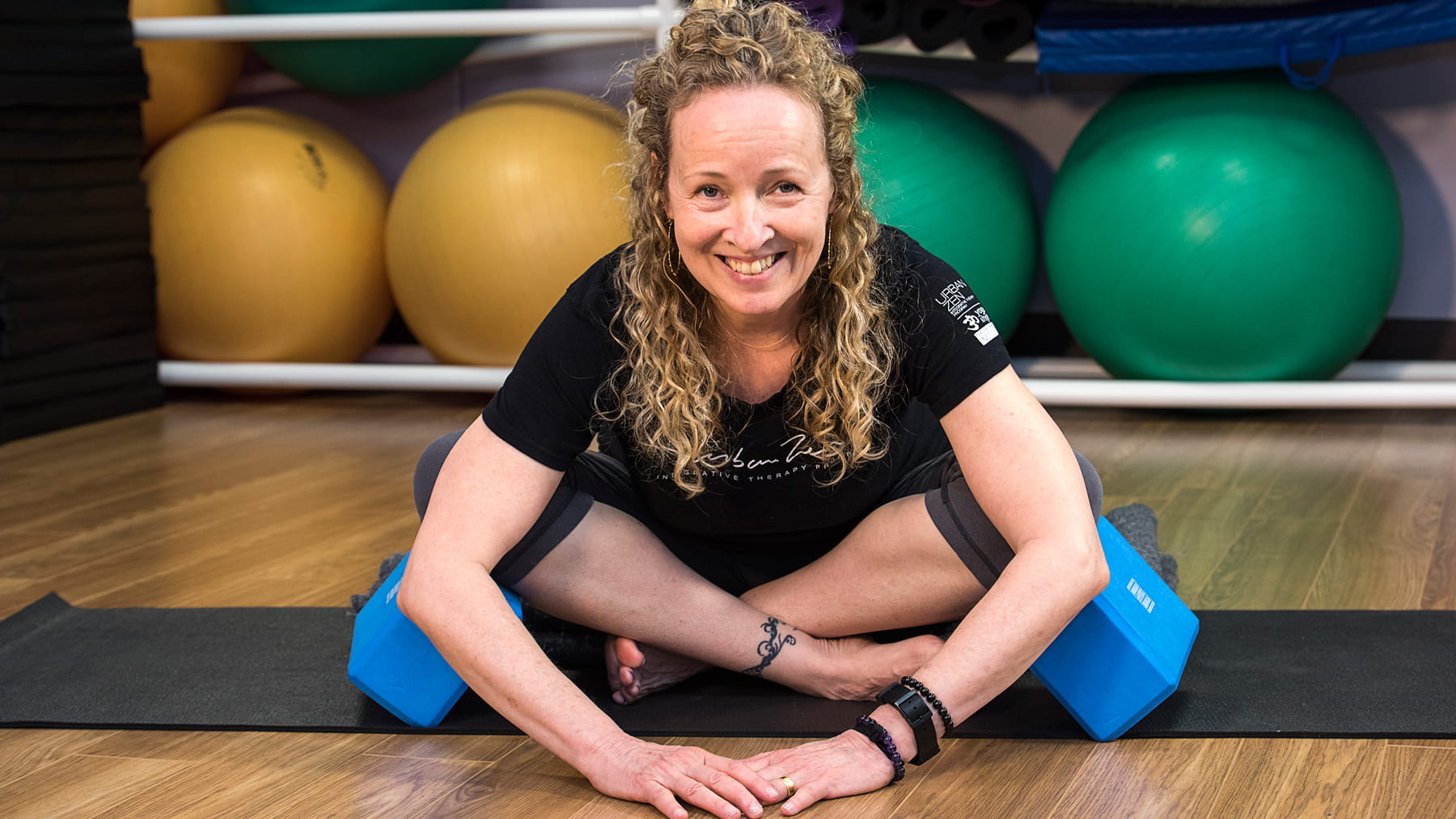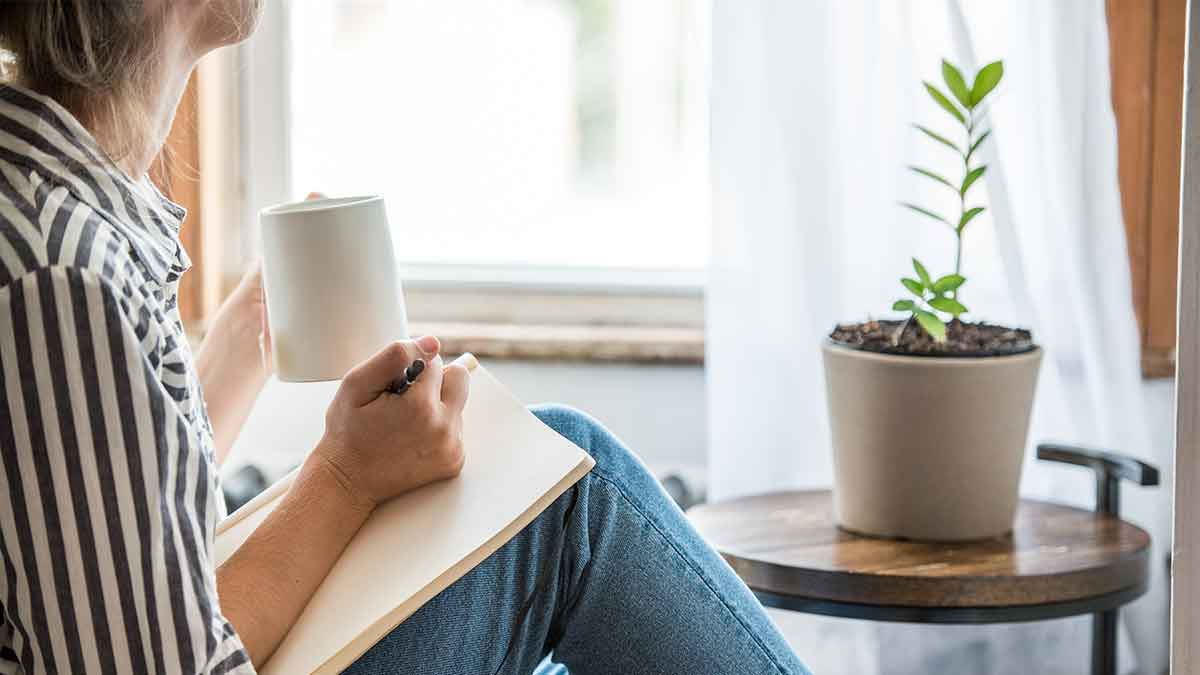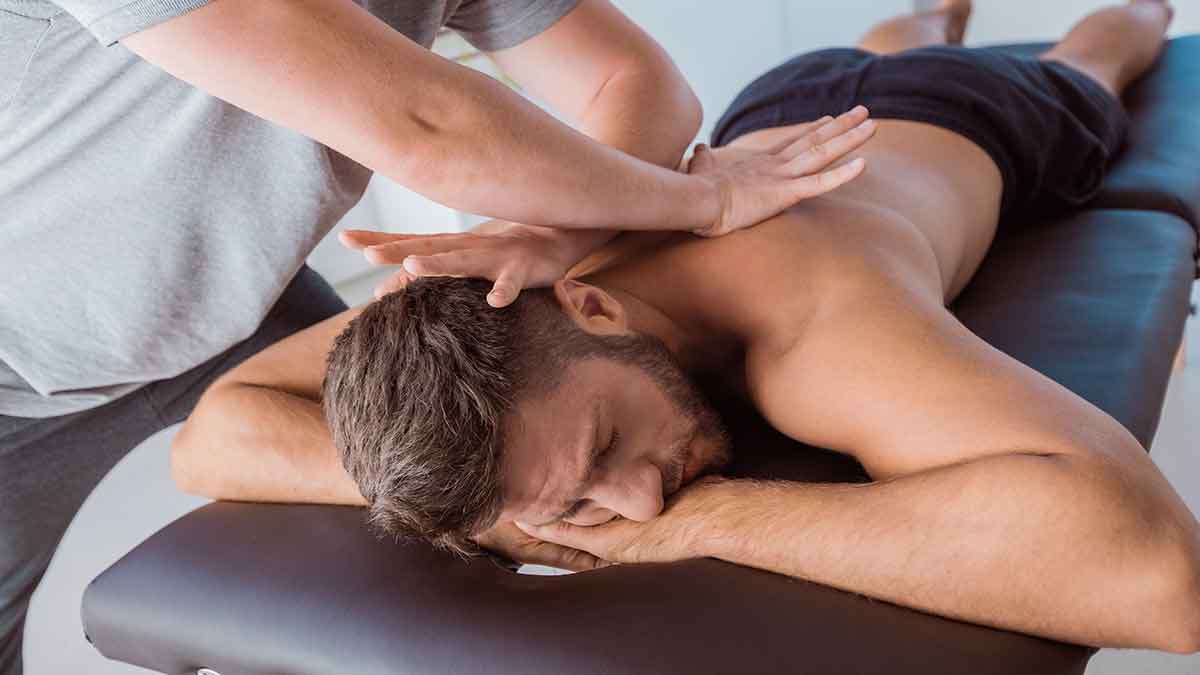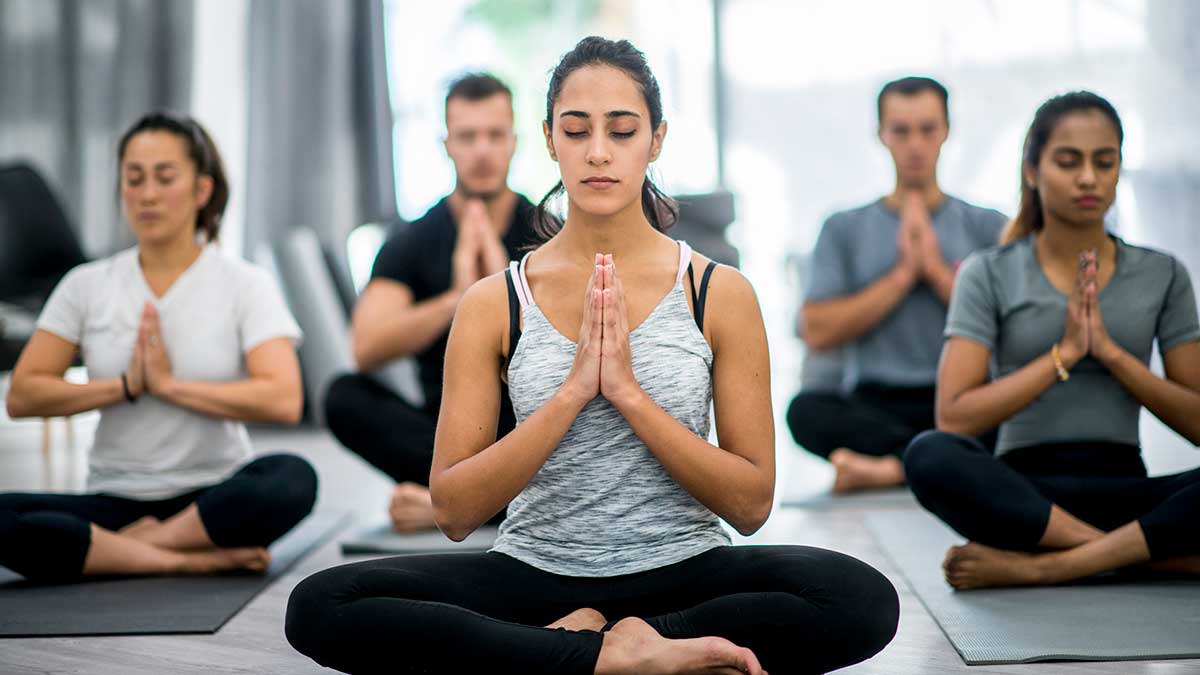Techniques to make yoga more enjoyable

As my students enter the yoga classroom, they take off their shoes and place them by the door. They unroll their mats and lie down. I dim the lights.
Yoga has immensely improved my life, and I enjoy showing others how it can improve theirs, too. I’m a yoga instructor, and have practiced this ancient Indian technique of poses, breathing and meditations for more than 20 years. I’m also an oncology nurse and breast cancer survivor.
I ask my students to come to a “comfortable seat.” This is a phrase we yogis often use. It helps students transition from their busy lives to a more meditative state.
For some, it’s difficult to find their comfortable seat. In fact, it can be excruciating when done wrong. A comfortable seat in yoga feels different than sitting in front of a computer or behind a steering wheel. When done properly, the pose takes advantage of the natural curves of our spine and can feel effortless.
There are sighs of relief as my students find their comfortable seats. Some are athletes. Others have physical limitations. Others are recovering from illnesses and injuries.
Yoga has so many benefits. It can help relieve the chronic pain of arthritis, fibromyalgia and multiple sclerosis. It also can help ease depression, anxiety, insomnia and post-traumatic stress disorder.
One thing I want students to know is there’s no right or wrong way to do yoga, only different techniques to make each pose feel comfortable. One of the thrills for a yoga instructor is helping each student find their comfort in a pose.
The shape of each pose is a suggestion and you have endless choices for each pose. Let’s take a look at four common yoga poses and explore how to make them more comfortable for you.
I ask my students to come to a “comfortable seat.” This is a phrase we yogis often use. It helps students transition from their busy lives to a more meditative state.
For some, it’s difficult to find their comfortable seat. In fact, it can be excruciating when done wrong. A comfortable seat in yoga feels different than sitting in front of a computer or behind a steering wheel. When done properly, the pose takes advantage of the natural curves of our spine and can feel effortless.
There are sighs of relief as my students find their comfortable seats. Some are athletes. Others have physical limitations. Others are recovering from illnesses and injuries.
Yoga has so many benefits. It can help relieve the chronic pain of arthritis, fibromyalgia and multiple sclerosis. It also can help ease depression, anxiety, insomnia and post-traumatic stress disorder.
One thing I want students to know is there’s no right or wrong way to do yoga, only different techniques to make each pose feel comfortable. One of the thrills for a yoga instructor is helping each student find their comfort in a pose.
The shape of each pose is a suggestion and you have endless choices for each pose. Let’s take a look at four common yoga poses and explore how to make them more comfortable for you.
SEATED POSE: A comfortable seat in a yoga class can be excruciating without support. Take advantage of the natural structure of your spine. Ease into the pose by adding folded blankets and some foam blocks to help support your hips and legs. Ask your instructor for more tips.
STANDING FORWARD FOLD POSE: Try this pose with your knees bent so it doesn’t pull on your lower back. This shape is great for calming the mind, strengthening and lengthening the muscles of your torso, opening hip joints and the lower back, stretching thigh muscles and calves. Once your back feels comfortable, experiment with straightening your knees. But remember, it’s never necessary to have straight knees in a forward fold.
DOWNWARD-FACING DOG: This is great pose for strengthening the spine, core and torso, shoulders, arms and legs. Because it’s a position that puts your head below your heart, it naturally calms the nervous system. Start with your knees bent while elongating your spine. Your heels don’t come all the way to the floor. Your arms are reaching straight up over your head (pressing into the floor, of course). Once you establish a steady shape, think about straightening your knees and feel how this action lifts the hips higher.
TRIANGLE POSE: This pose is great for opening the front body – reversing the shape of working at a desk all day. The deep fold of the hips is lubricating. It takes torso strength to spin the chest open toward the ceiling. Thighs, calves and ankles are all working and strengthened. Ground the bottom arm at the level it lands without curving at the waist. Your top arm can rest along the side of your body body or reach up. It’s your choice, whatever feels good today.








